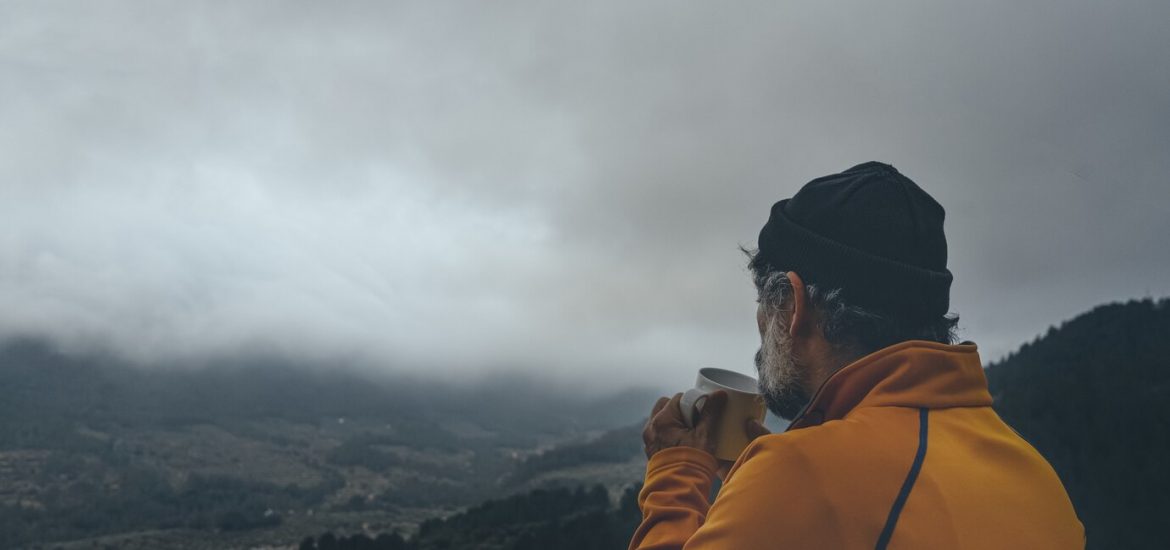When you visit high places in Peru, like Cusco, Machu Picchu, or areas in the Andes Mountains, some people get sick from the high altitude, known as altitude sickness or “soroche.” It is essential to understand what it entails, its indicators, and methods for prevention. This guide explains the main symptoms, simple ways to prevent it, and what to do if you feel unwell, especially in common places like Cusco.
Please remember to stay hydrated, take things at a relaxed pace, and consider consulting with a physician before ascending to higher altitudes. Ensure your safety while appreciating the spectacular scenery!
Understanding Altitude Sickness
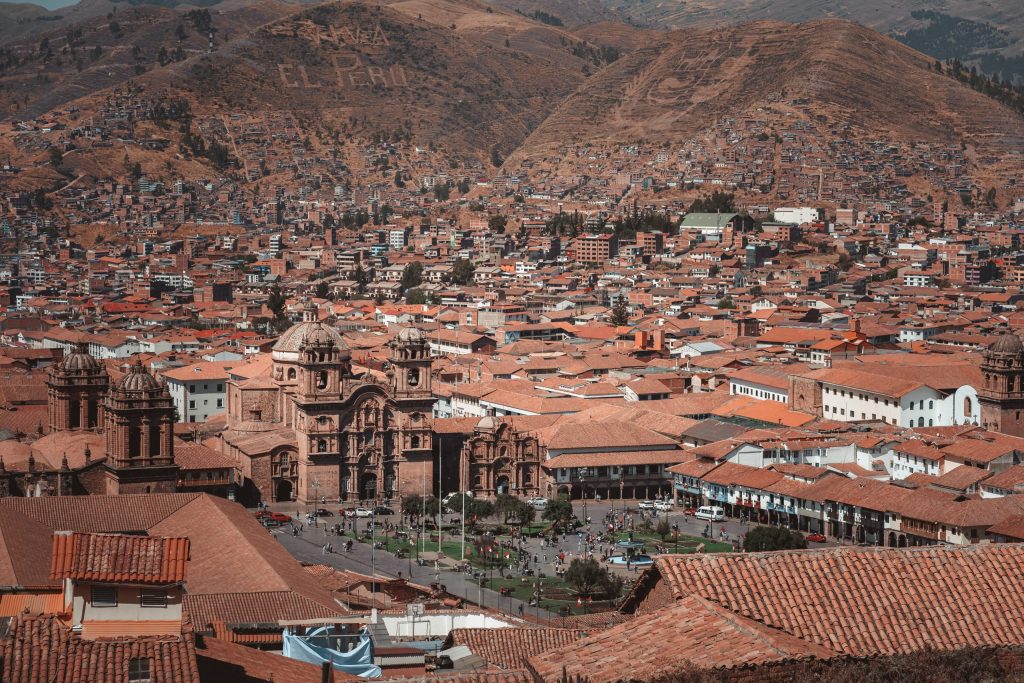
Altitude sickness, or acute mountain sickness (AMS), happens when your body has trouble adjusting to less oxygen at high altitudes. In Peru, with its varied landscapes and elevations, there’s a higher risk of AMS, especially in places like Cusco, where altitudes can go above 11,000 (3,400 meters) feet above sea level.
Top Symptoms of Altitude Sickness

A headache can be one of the initial signs of altitude sickness, which occurs because there is less oxygen in the bloodstream, leading to the expansion of blood vessels in the brain.
Nausea and vomiting, often with dizziness, can hinder your enjoyment of the journey and exploring Peru’s stunning landscapes.

Experiencing fatigue and weakness is another indicator of altitude sickness. Your body has to work harder at higher altitudes, leading to fatigue during everyday tasks.
As you ascend to higher altitudes, the air becomes thinner, which can make breathing more challenging. Shortness of breath, even with light activity, is a key sign of altitude sickness.

Altitude sickness can reduce your appetite, making you less interested in eating. Proper nutrition is vital for helping with getting used to the altitude.
Prevention Tips
Now that you know the symptoms, let’s explore practical tips to prevent altitude sickness during your Peruvian adventure.
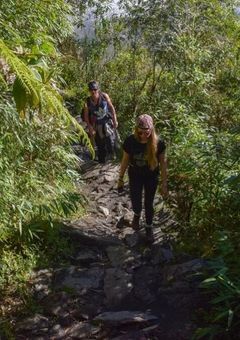
One effective way to prevent altitude sickness is a gradual ascent. Give your body time to acclimate to higher altitudes by staying at a lower elevation for a day or two before going higher.

Staying well-hydrated is crucial at high altitudes. Drink plenty of water to help your body deal with lower oxygen levels and avoid dehydration.

Coca tea, made from the leaves of the coca plant, is a traditional remedy in Peru to avoid altitude sickness. Belief holds that it alleviates symptoms of altitude sickness.

Alcohol and tobacco can worsen altitude sickness symptoms. It’s best to avoid these substances during your time at high altitudes.

Before starting a high-altitude journey, consult your doctor. They can offer personalized advice and may prescribe medications like sorojchi pills to prevent or treat altitude sickness.
Altitude Sickness in Cusco: What You Need to Know
Cusco is a popular destination in Peru, but its high altitude can be challenging for travelers. To ensure a comfortable stay in Cusco:

When you arrive in Cusco, take it easy for the first day or two. Allow your body to adjust to the altitude before undertaking strenuous activities.
Choose a lodge with good ventilation. Adequate airflow can help mitigate altitude sickness symptoms.
In Cusco, you’ll find an abundance of coca products, including coca tea and coca leaves. These can be beneficial in preventing altitude sickness. Embrace these traditional remedies during your stay.
Trekking in High Altitude
When exploring the high-altitude wonders of Cusco and the Sacred Valley, altitude sickness remains a prominent concern. The breathtaking landscapes in these regions often include altitudes that exceed 11,000 (3,400 meters) feet above sea level. Travelers embarking on treks to Machu Picchu or the Inca Trail frequently encounter this challenge. Therefore, understanding the symptoms and prevention strategies becomes even more critical.
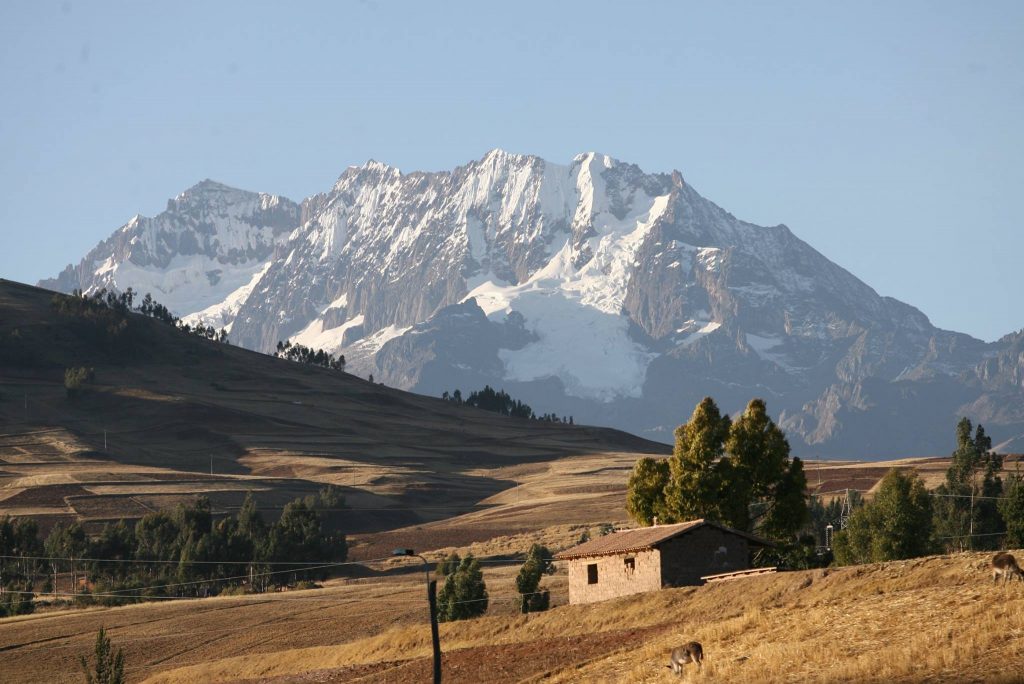
Trekking to Machu Picchu and the Inca Trail
Trekking to Machu Picchu or embarking on the iconic Inca Trail involves traversing varying altitudes, making altitude sickness a potential issue. Hikers must be well-prepared, gradually acclimatize to the changing elevations, and pay special attention to their health throughout these adventurous journeys.
Exploring Peru with our Tailor-made Tours
For those seeking a comprehensive Peruvian experience, Viagens Machu Picchu offers an ideal solution. These guided tours provide a structured schedule, ensuring proper getting used to the altitude while exploring destinations such as Cusco, the Sacred Valley, and Machu Picchu. Knowledgeable guides can offer valuable insights and assistance in managing altitude-related challenges.
Considering this information when you get to know Cusco, the Sacred Valley, treks to Machu Picchu, the Inca Trail, or Peru tours will help you maximize your adventure while taking care of your health and safety in high-altitude environments.
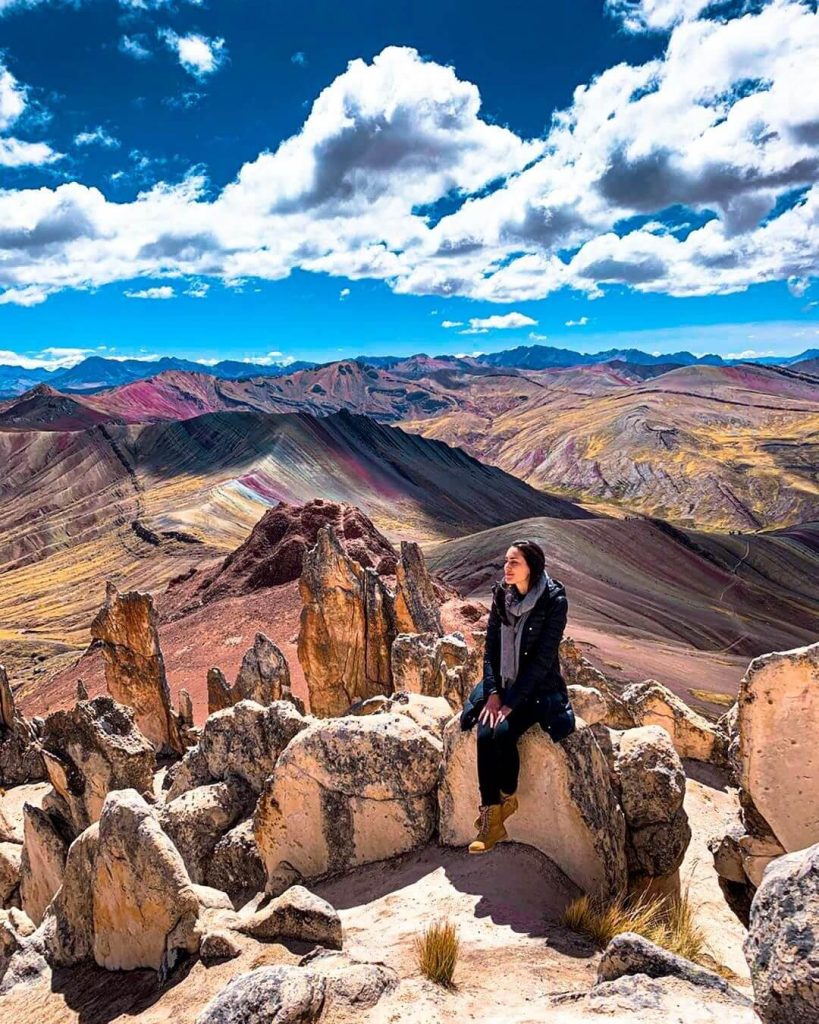
Frequently Asked Questions (FAQs)
How can one determine if they are susceptible to altitude sickness?
Anyone traveling to high altitudes, especially those who live at or near sea level, is at risk. Being prepared and recognizing the symptoms is essential.
Is altitude sickness a potentially life-threatening condition?
Depending on the case, for example, altitude sickness can lead to more dangerous conditions such as high-altitude pulmonary edema (HAPE) or high-altitude cerebral edema (HACE). Prompt treatment is essential.
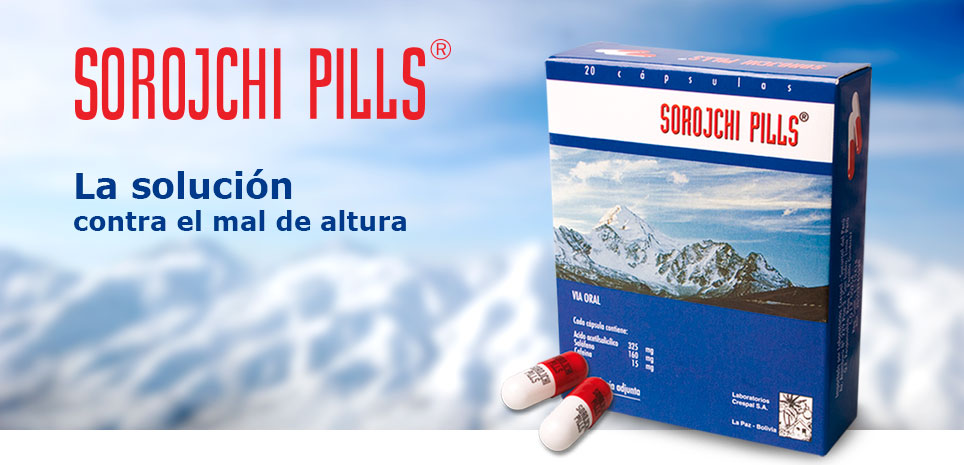
Are there natural remedies for altitude sickness?
Besides coca tea, chewing coca leaves and drinking mate de coca (coca leaf infusion) are traditional remedies. However, consult a local expert for guidance.
Is it still possible to visit Machu Picchu if one is experiencing altitude sickness?
With proper getting used to the altitude and treatment, many travelers with altitude sickness can still visit Machu Picchu. It’s crucial to prioritize your health and seek medical advice.
Is it advisable to consume alcohol at high altitudes?
Avoid alcohol at high altitudes as it worsens altitude sickness and dehydrates your body. Opt for water and herbal teas for a more comfortable experience when exploring Peru’s high-altitude destinations like Cusco and Machu Picchu Citadel.

Conclusion
Many dream of visiting Peru’s high-altitude areas like Cusco and Machu Picchu. Though altitude sickness is a real concern, it shouldn’t stop you from enjoying these stunning places.
Learn about symptoms, and follow our tips, including those for Cusco, for a safer, more enjoyable trip. Give priority to your health, consult your doctor, ensure that you are well-prepared, and travel with Viagens Machu Picchu.
We count on the best staff to make your trip unforgettable, allowing you not to worry about altitude sickness, but having fun in Peru and its destinations!
Viagens Machu Picchu, journeys that inspire, moments that last.

